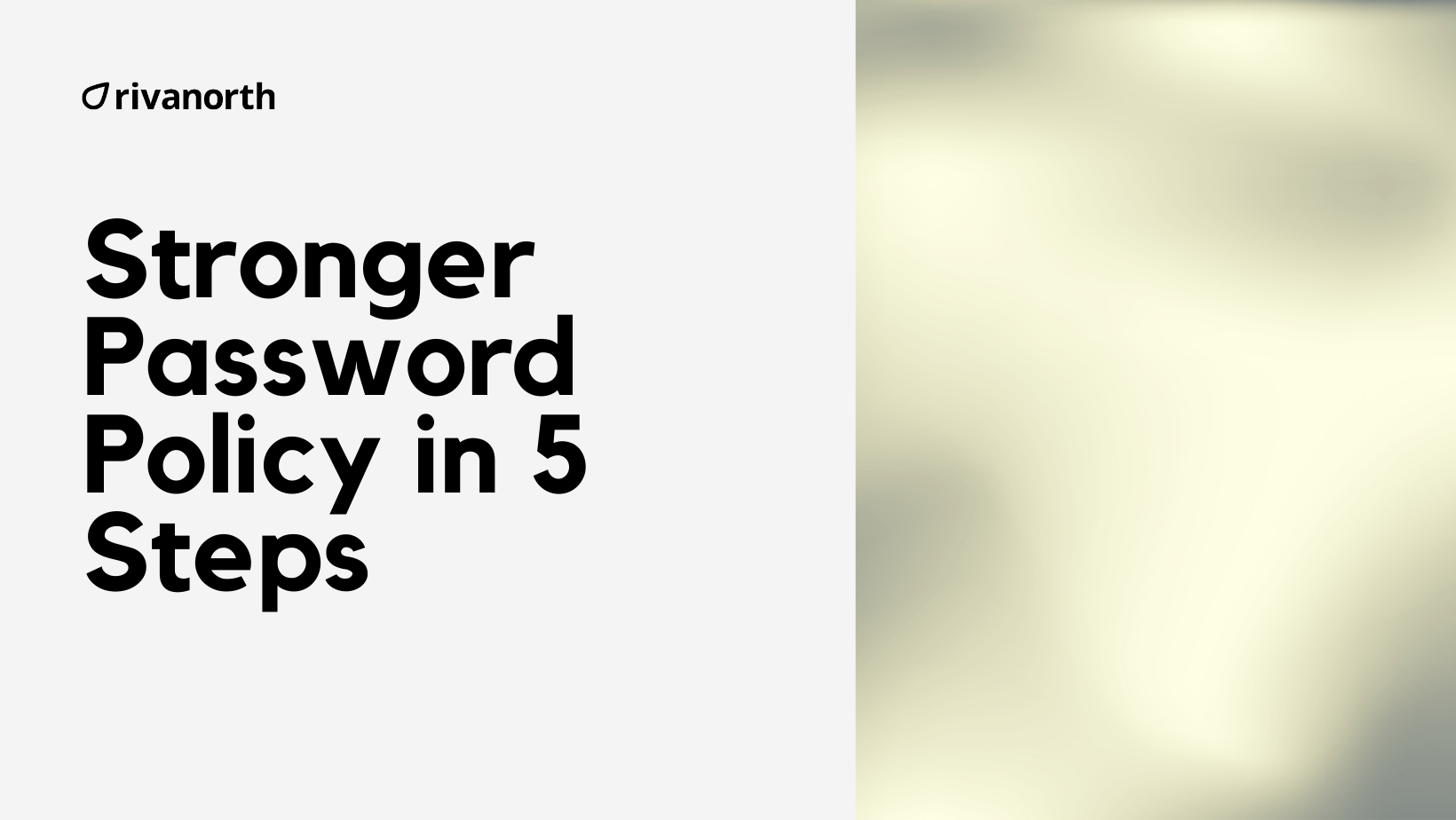
How to Strengthen Your Business's Password Policy in 5 Steps
Weak passwords are one of the easiest ways for cybercriminals to breach your systems. In fact, poor password hygiene remains a leading cause of credential theft, data breaches, and account takeovers in Australian businesses. Strengthening your organisation’s password policy is a simple but powerful way to reduce risk and improve your overall cybersecurity posture.
Here are five practical steps to help you create stronger, safer password policies for your business in 2025.
1. Require Strong and Unique Passwords
Encourage employees to create passwords that are long, unique, and easy to remember, rather than short and complex. Avoid enforcing outdated rules like requiring uppercase letters, numbers, and symbols, which often lead to predictable and reused passwords (as recommended by NIST and the Australian Cyber Security Centre).
Best Practices:
- Set a minimum password length of 16+ characters.
- Recommend passphrases made up of unrelated words (e.g. "clock-travel-orange-sun").
- Avoid commonly used passwords or default credentials.
For more guidance, see our article on 2025 Password Security Trends and Best Practices for Businesses.
2. Implement Multi-Factor Authentication (MFA)
Even strong passwords can be compromised. MFA adds an extra layer of security by requiring users to verify their identity with a second factor, such as an SMS code, authenticator app, or biometric scan.
Why It Matters:
- Blocks most credential stuffing and phishing attacks.
- Helps protect remote logins, admin accounts, and sensitive data.
3. Ban the Use of Compromised Passwords
Employees often reuse passwords that may already be exposed on the dark web. Your password policy should block any credentials found in data breaches.
How to Do It:
- Use breached password detection integrated into your login system.
- Use a tool like Oko to detect compromised credentials and alert your team.
For more on why this is essential, read How Credential Stuffing Works and How to Prevent It.
4. Use a Password Manager Across the Organisation
Password managers allow employees to generate, store, and autofill complex passwords securely across devices.
Benefits:
- Reduces password reuse and human error.
- Simplifies password policy enforcement.
- Centralised admin control for onboarding and offboarding users.
Trusted tools include 1Password, Bitwarden, and Dashlane for teams.
5. Educate Employees on Password Security
Technology alone isn’t enough. Employees should understand the why behind password policies and know how to spot risks.
Include in Your Training:
- The dangers of reusing passwords.
- How phishing and credential stuffing attacks work.
- Tips for creating secure passphrases.
Regular training, security awareness campaigns, and simulated phishing tests can build a culture of security in your workplace.
Final Thoughts
Strong password policies are your first line of defence against cyber threats. By requiring strong passphrases, enabling MFA, banning compromised passwords, using a password manager, and educating employees, your business will be far better protected in 2025.
Rivanorth Oko’s AI-powered dark web monitoring solution complements these efforts by detecting leaked passwords before they’re used against your business.
Ready to upgrade your security? Contact us today to learn how Oko can support your password protection strategy.
Join Our Newsletter